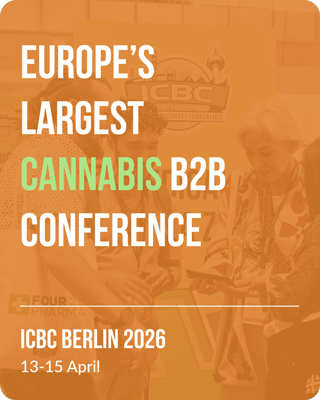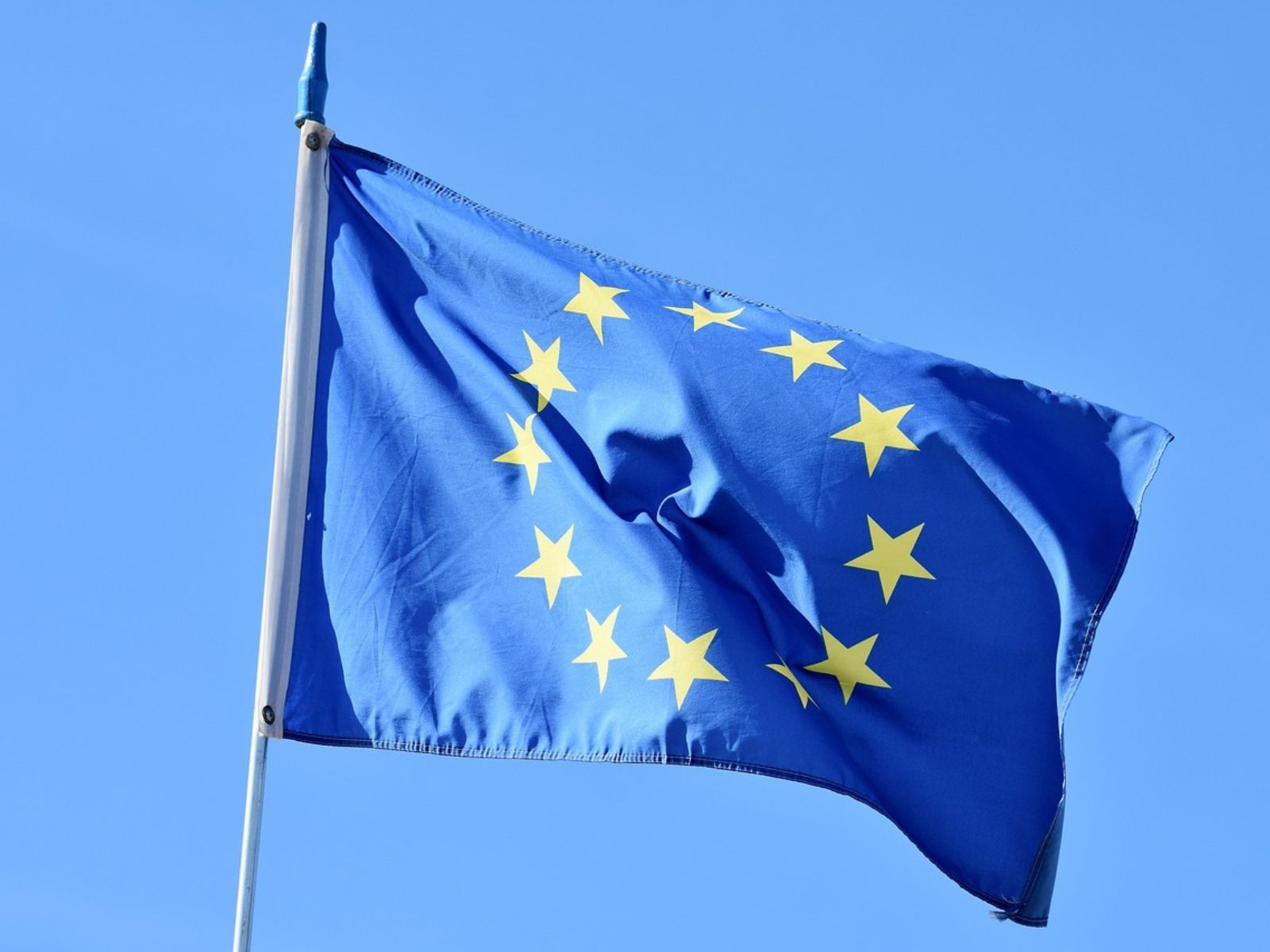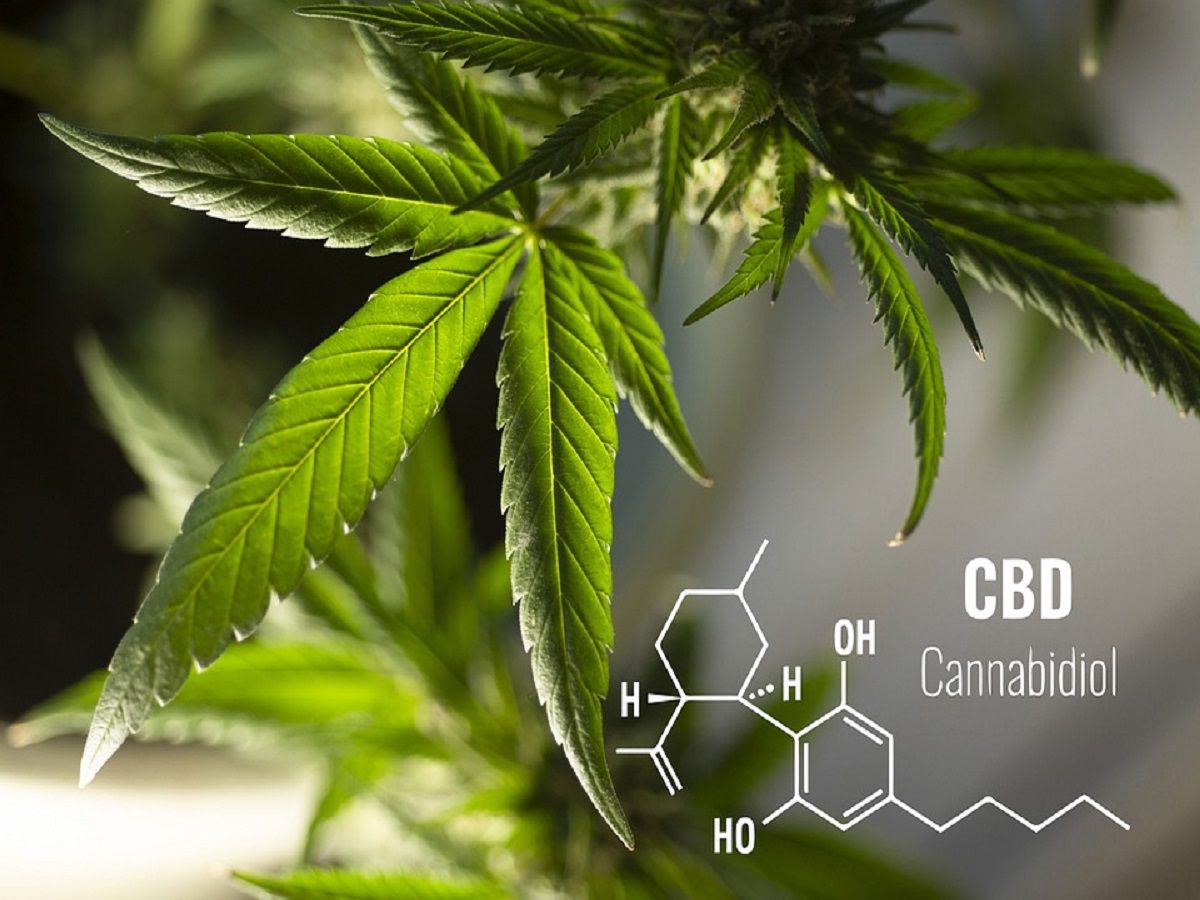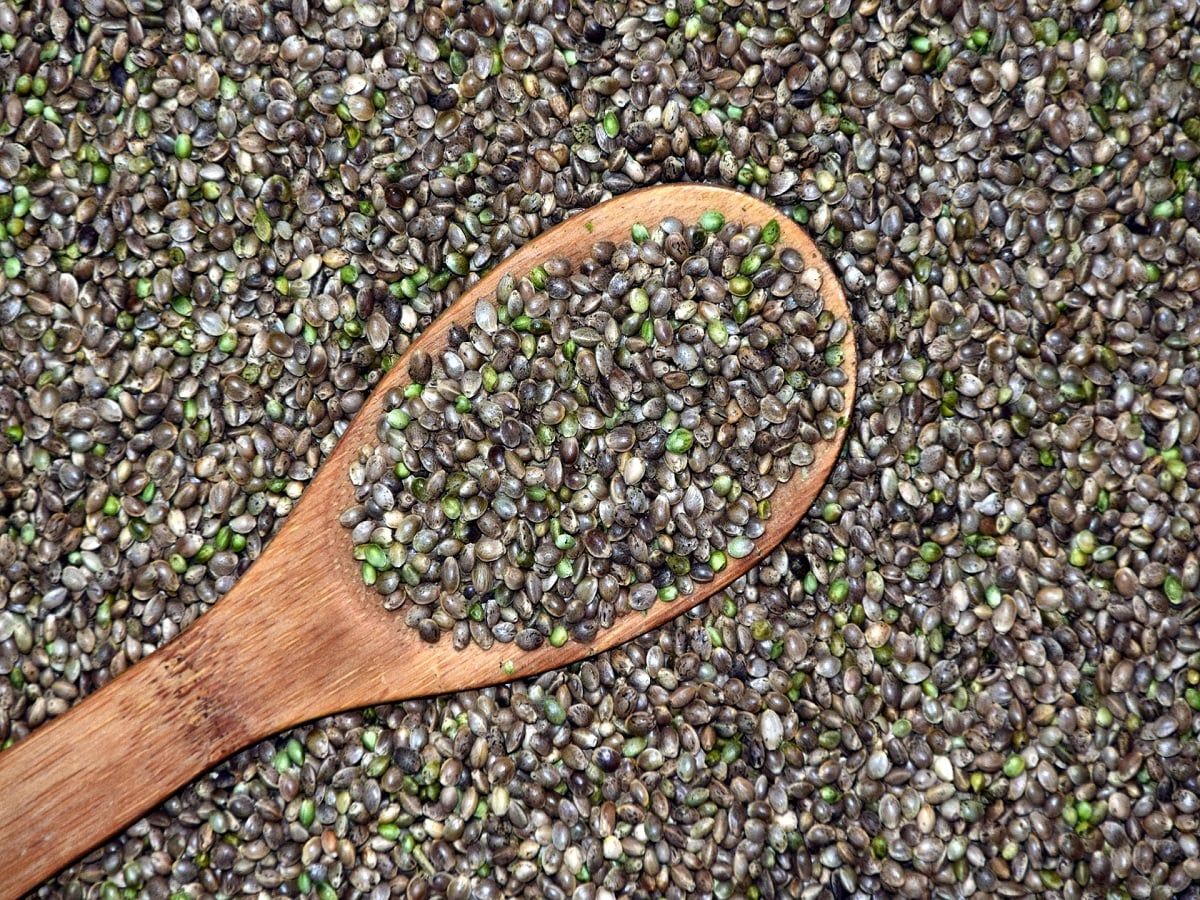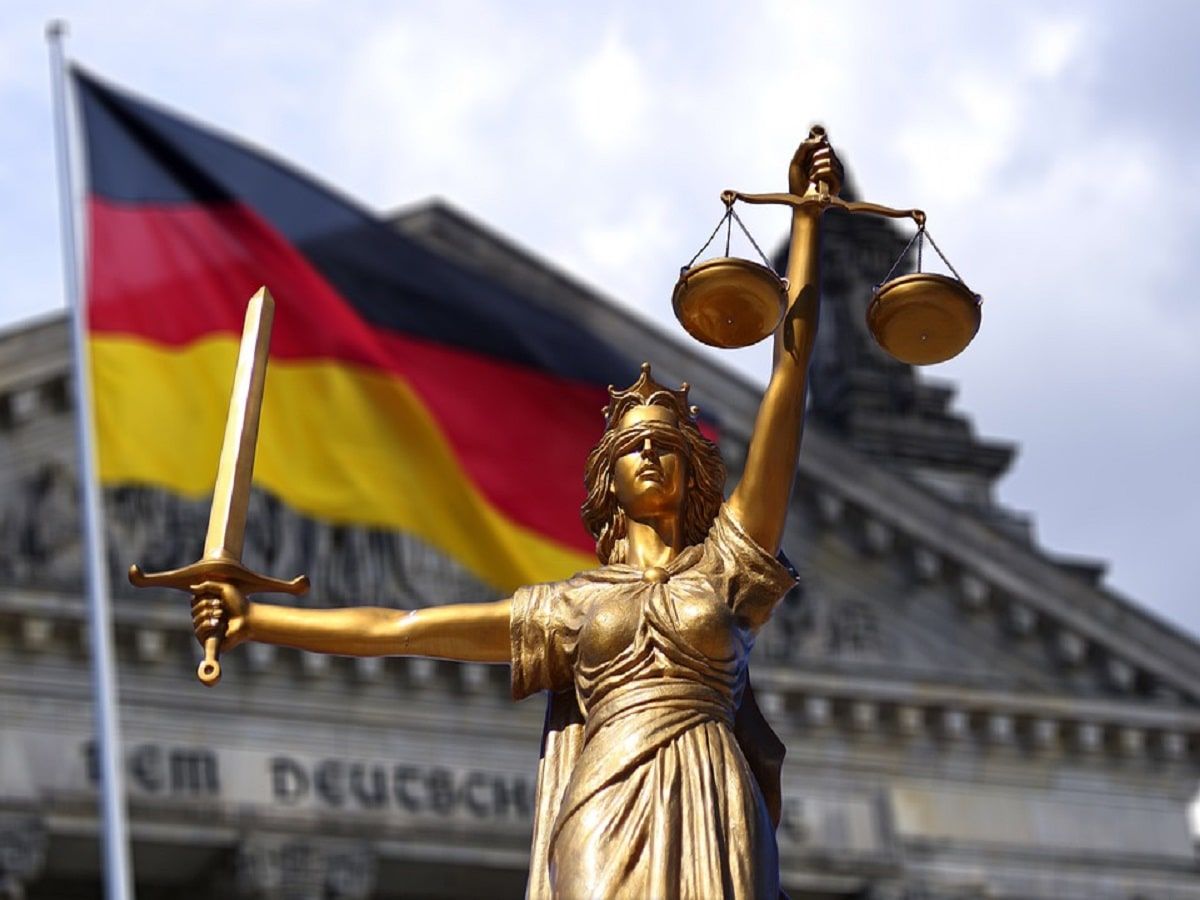
Understanding the European CBD “Novel Foods” Regulations
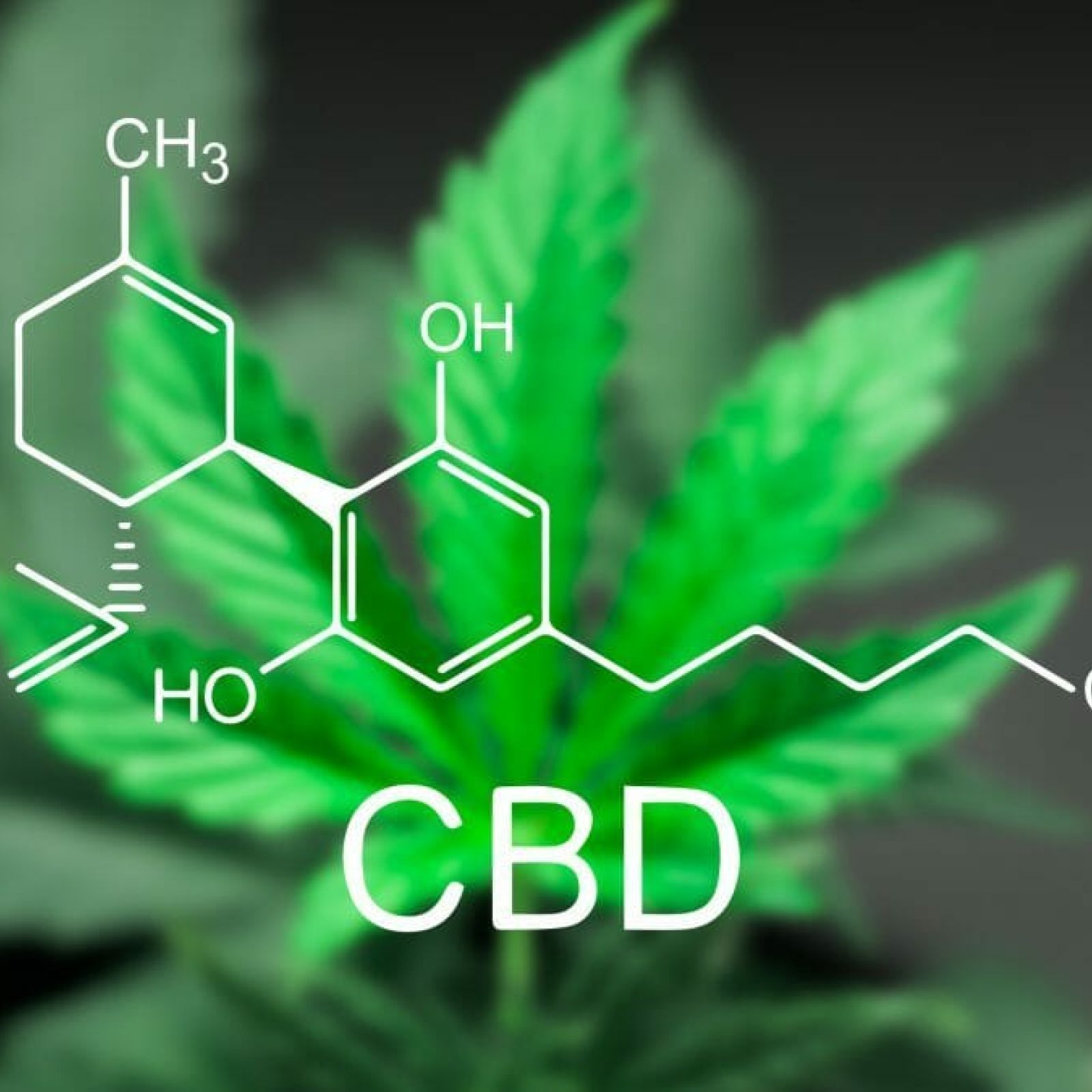
Understanding the European CBD “Novel Foods” Regulations
Foreigners entering the European cannabis market are finding that the regulations here are much higher than they expected, if not well downright confusing. This is especially true as cannabis crosses over into both food and medicine as well as beauty and skin products.
One piece of regulation that is proving particularly thorny for CBD producers – in particular for those with edible products is something called “novel food” regulation.
But what is “novel food” legislation and how does it affect your CBD business in Europe?
For an insider’s look at the CBD-novel foods discussion and the cannabis industry in general, be sure to catch Dr. Francis Scanlon, founder of Cloud9, and a whole host of experts at the first International Cannabis Business Conference in Zurich Switzerland, May 15-16.
Definition of “Novel Food”
According to the European Commission, a novel food is one that has not “been consumed to a significant degree by humans in the EU before 15 May 1997, when the first Regulation on novel food came into force.”
A novel food can be a new kind of food, including a plant-based food or additive, a food produced using new technologies (so all e-liquid drinks will be subjected to this process beyond the CBD they contain), agricultural products from third countries or food derived from new processes” (such as UV treated food like bread, milk, mushrooms and yeast.)
Furthermore, such foods must be properly labelled and further not nutritionally “disadvantage” the consumer if used in place of another more commonly used substance.
It does not take much imagination to see how this would apply to all things cannabis, but how such regulation has been applied, and is likely to be applied in the future, is anything but easy. It has been tortured so far.
Battle Number 1 – CBD vs “Hemp”
On one hand, it should be a no-brainer to include all things CBD in foods that have been consumed in the EU since 1997. See all health food stores selling hemp. But not so fast! CBD itself can be derived from both hemp and cannabis plants bred for that purpose. Of the two, only the former is relatively safe to source right now in Europe for that very reason.
Battle Number 2 – Distillates and Extractions
However the discussion is not over there. Beyond the source plant, the process the CBD is extracted also counts. For that reason, hemp extracts, if made via a new process, can also be verboten.
That means that anything that contains the same destined for oral consumption could also be “illegal.” See the raids of Spanish police last summer on health food stores selling CBD cookies.
Battle Number 3 – Jurisdictional Differences and Labelling
The final and most difficult problem for CBD businesses to conquer is the problem that both cannabis itself and its components are considered legit or not depending on a jurisdictional by jurisdictional basis across Europe, until there is regional agreement on regulation about the entire plant.
In the meantime, custom, country-by-country labelling is an issue that producers will have to consider until such regulations are set at the EU level – and even then there will still be the polyglot of European languages to contend with after that.
Those who market cosmetics and other topically applied products might find they are in loophole territory in most countries, but even here it is better to be safe than sorry. For those in doubt, see Austria.
Don’t miss the opportunity to learn the latest and network with top investors and entrepreneurs at the upcoming ICBC Zurich. Get your tickets and save by purchasing discounted, early bird tickets by April 24th.
Share article
Ticket Prices increase
JANUARY 28

Ticket Prices increase
JANUARY 28

Ticket Prices increase
JANUARY 28
Join Our Awesome Community
Join Our Awesome Community
Join Our Awesome
Community
Get all the latest industry news
delivered to your inbox
